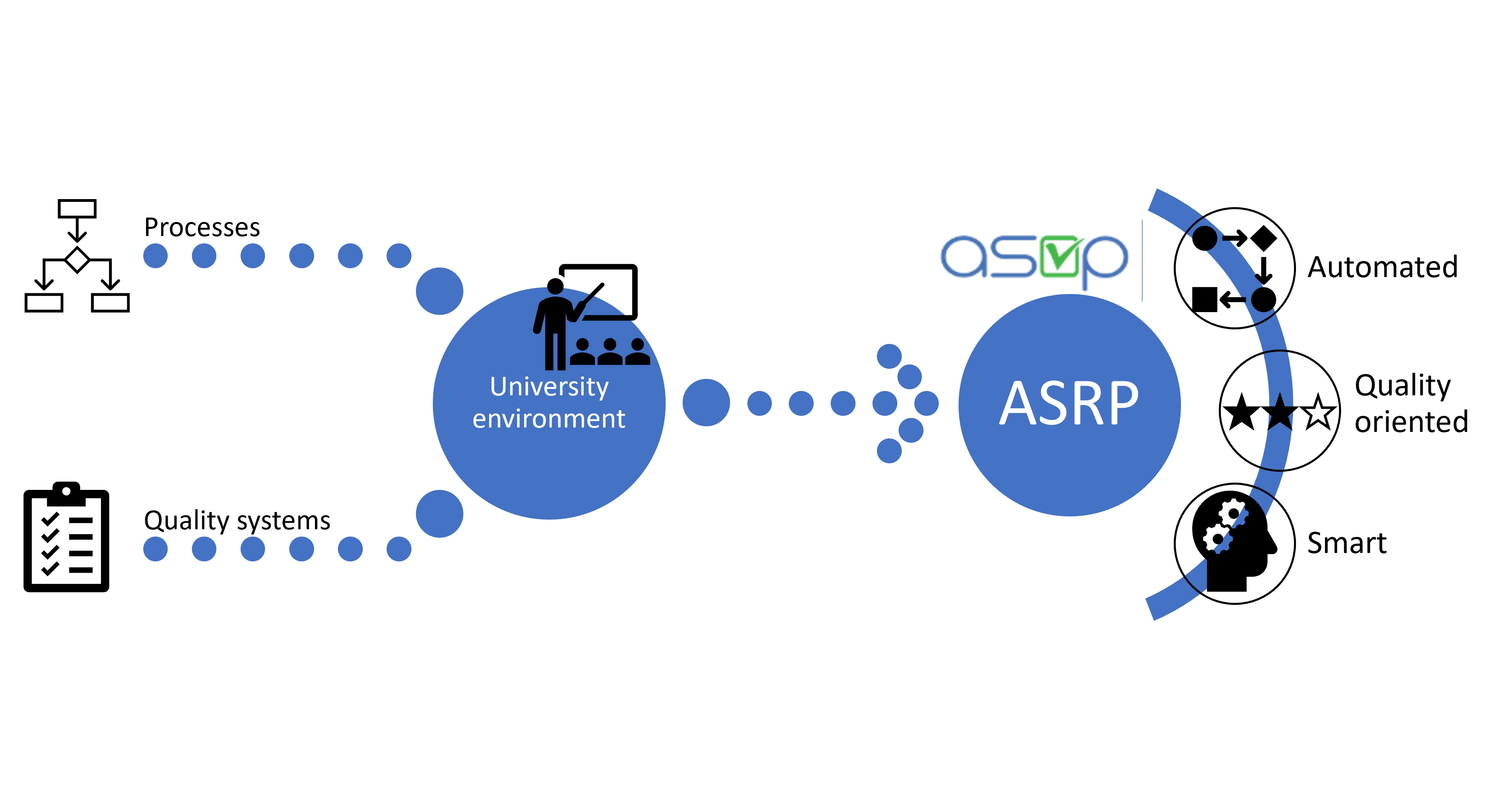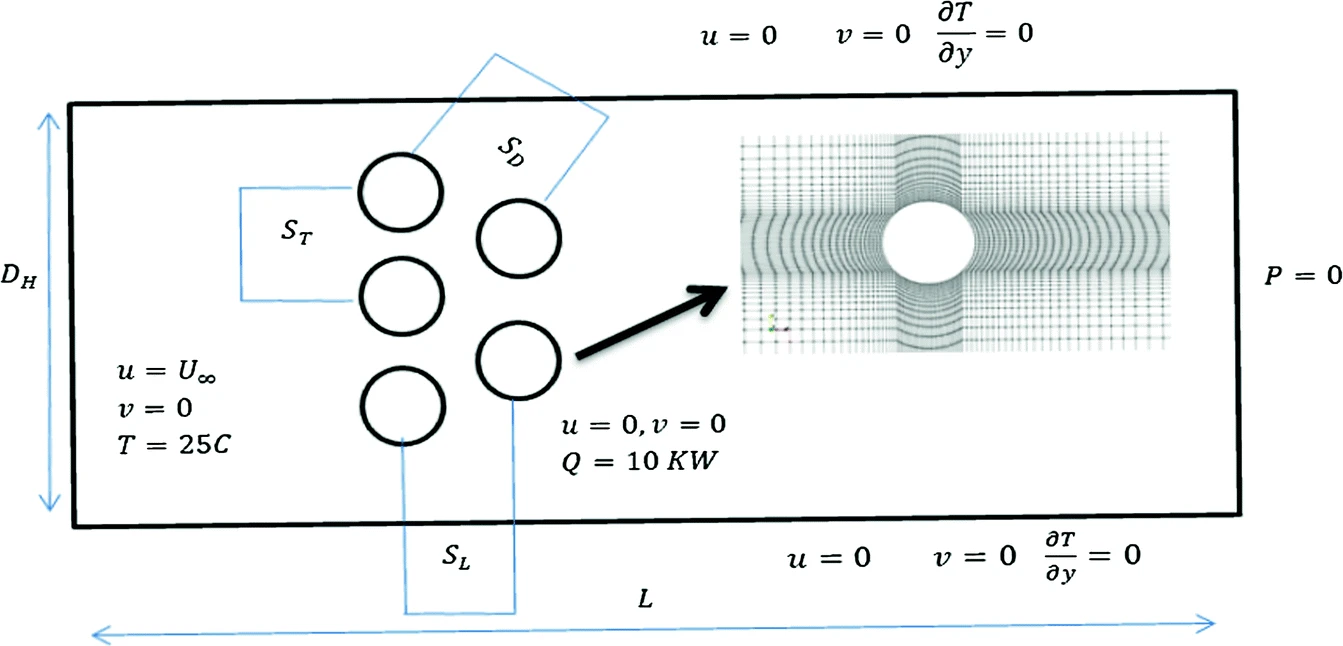Faculty Office Ext.
1729
Faculty Building
UB2
Office Number
S12
Prof. Amr Guaily is a university professor and the director of the mechanical engineering program (MENG) at School of Engineering and Applied Sciences, at Nile University and is the former director of the Smart Engineering Systems Research Center (SESC). He received his B.Sc. and M.Sc. degrees from Cairo University, Egypt in 2002 and 2006, respectively. In 2011, he obtained his Ph.D. in mechanical and manufacturing engineering from the University of Calgary, Canada. The research interests are fluid dynamics with emphasis on both the numerical simulation and mathematical modelling of viscoelastic fluids and molten salts, and the use of the level set technique for studying fluid/structure interaction.
1) Prof. Amr Guialy received the OMAE Calgary Chapter Graduate Scholarship in Engineering from the American Society of Mechanical Engineers Offshore Mechanics and Arctic Engineering Division Calgary Chapter, AB, Canada.
2) He also received the Ian N. McKinnon Memorial Fellowship from Consolidated Natural Gas Ltd., B.P. Canada, Inc. and Kaiser Resources, Calgary, AB, Canada.
Pagination
- Computational fluid dynamics
- Constitutive theory of polymeric fluids
- Flow control using moving surfaces
- Fluid dynamics of molten salts
- Blood flow numerical simulation

Optimization of the Operational Energy of Tankless Water Heater

Academic System Resource Planning: A Fully-Automated Smart Campus/ASRP








